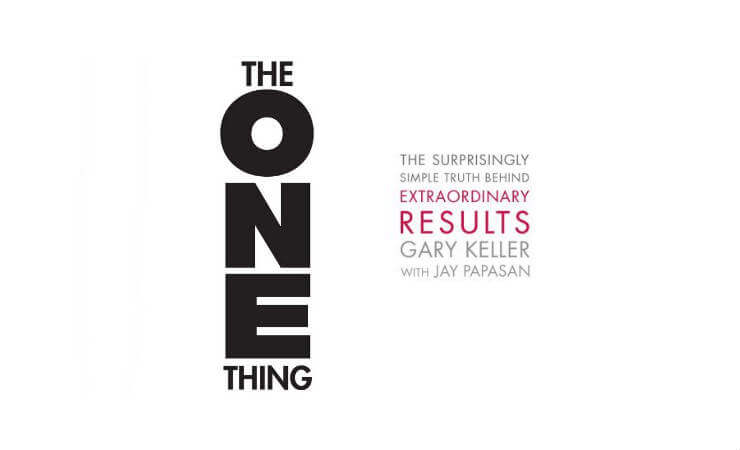TL:DR – While clarity beats complexity, complexity, when used properly, can cure complacency.
(What IDs Can Learn From Improv Comedy Part 1)
Clarity beats complexity.
And while that is 100% true, complexity does have its place.
“Yes, and…”, especially when added to gamification, is a great way to add complexity in a way that is still clear, quick to comprehend, and easy to understand.
As we said in part 1 of What IDs Can Learn From Improv Comedy, IDs adapt, respond, and build something meaningful. When done properly, this is a powerful way to add complexity to our training that encourages learners to step out of their comfort zone and move beyond cliché responses.
Here is a personal example.
I created a simple dice game as part of a recent Sales Enemblement training for a new mobile device product launch. We provided the dice game to our field sales managers who used it to train and test their customer-facing sales teams.
The idea was simple: The learner would roll the dice and then craft a sales pitch based on the device (from the dice on the left) and the customer profile (from the dice on the right).

While this was successful for and well-received by the newer learners, the more experienced learners found it too easy and not a good use of their time.
To add complexity in a way that was clear, quick to comprehend, and easy to understand, we pivoted (“Yes, and“) by adding an “expansion pack” to our dice game for the more experienced learners.
After rolling their customer and mobile device, they would then roll the second set of dice for one software feature (the dice on the left) and a hardware feature (the dice on the right).

By randomly adding software and hardware features, often features that did not naturally go together, we encouraged the learners to think “outside of the box” where their go-to responses were not as readily accessible.
The improv nature of this worked well. Yes, you have a device and a customer (from the original set of dice), and you now have these two specific features (from the second set of dice).
While clarity beats complexity, complexity, when used properly, can cure complacency.
Training Tip:
Gamifying roleplay, like the easy dice game above, is a great way to encourage learners who do not like roleplay to participate.
If the restraints or restrictions of the roleplay are random, the randomness will allow the learner to see that the facilitator is impartial and the distribution of the activity is fair.
Yes, you already create amazing training, and we can help you add gamification and hands-on action-oriented training activities to your training plan.
Email us at info@theiddepartment to get started today.
#InstructionalDesign #LXD #IDDepartment #ImprovThinking #LearningAndDevelopment #Collaboration #gamification #SalesEnablement #Instructionaldesigners







Leave a Reply